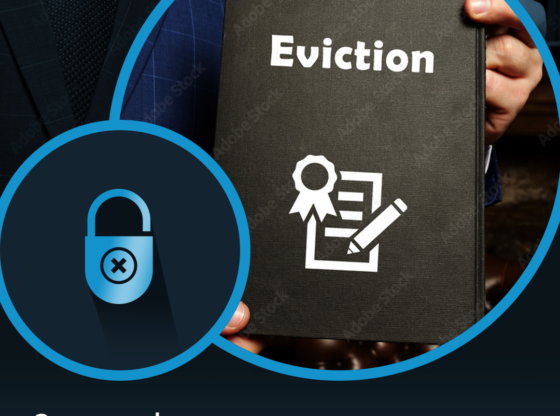Guide to Serving Notice in Wales
A “Standard Contract” is the most common agreement between a private landlord and tenant of residential property. This is the agreement that replaced assured shorthold tenancies on 01 December 2022. Existing assured shorthold tenancies converted to “Standard Contracts” automatically on this date.
Tenants are now called “Contract-Holders” under the new Welsh law. To make things easier, we’ll simply refer to a “Standard Contract” as a tenancy agreement in this guidance and the “Contract Holder” as a tenant. There are 3 other types of tenancies in Wales and more new forms to be used for those tenancies, but it is unlikely we will be dealing with anything other than a “Standard Contract”.
There are 7 types of notices that can be used to terminate a Standard Contract:
1. Notice on ground of serious rent arrears.
2. Notice on grounds of any other breach of contract by the tenant.
3. No-fault notice for a tenancy which commenced on or after 01 December 2022.
4. No-fault notice for a tenancy which commenced before 01 December 2022.
5. No-fault notice to end a fixed term tenancy.
6. No-fault notice to enforce a break-clause.
7. Notice due to abandonment.
No Fault Notices
No-fault notices cannot be served within the first 6-month period of the tenancy commencing; or where the landlord has not complied with those things referred to in our compliance check.
No fault notices are mandatory grounds for possession, this means that as long as the notice is valid, the Court must make a possession order.
2 Months’ Notice
If the tenancy commenced before 01 December 2022 and was a periodic tenancy on that date, then the no fault notice period is 2 months (Form RHW17). However, this notice period will increase to six months, from 1 June 2023.
A 2-month notice period applies to no-fault notice served to end a fixed term tenancy, the notice must be served before the last day of the tenancy.
6-Month Notice
A six-month no-fault notice (Form RHW16) period applies to all periodic standard occupation contracts which began on or after 1 December 2022. This includes periodic standard contracts that arise at the end of a fixed term standard contract (if the landlord doesn’t seek possession at the end of the fixed term by issuing a two-month no-fault notice during the fixed term).
Break-Clause Notice (6-Month Notice)
A six-month notice (Form RHW24) period applies where the landlord wishes to enforce a break-clause to terminate the fixed term tenancy early. This is a no-fault ground.
This notice can only be given if the fixed term of the tenancy is at least 2 years. This notice cannot be given in the first 18 months of the tenancy.
Notice for Breach of Contract
There are two notices to be served in relation to a tenant breaching the terms of the tenancy.
Serious Rent Arrears (14-Day Notice)
A notice (Form RHW20) can be served on the tenant where 2 months’ worth of rent or more is outstanding. This is regarded as “serious rent arrears”.
The notice period a notice served on the basis of serious rent arrears is 14 days (the landlord can give more, but not less than 14 days’ notice).
When serving this notice, it should be served with our notice for any breach of the tenancy. This is because if the tenant brings the rent arrears below 2 months’ worth, the serious rent arrears notice cannot be relied on, and the landlord can fall back on notice for any other breach.
Any Other Breach
A notice seeking possession (Form RHW23) can be served on a tenant where there are less than 2 months’ worth or rent arrears, or any other breach of the contract has been made by the tenant.
If a tenant induced the landlord to grant them the tenancy by making a false statement, the tenant is treated has having breached the terms of the tenancy.
When drafting this notice, the notice should refer to the specific clauses of the tenancy agreement and how the tenant has breached them.
– Anti-Social Behaviour – No notice period
– Any other Breach – 1-month notice period










